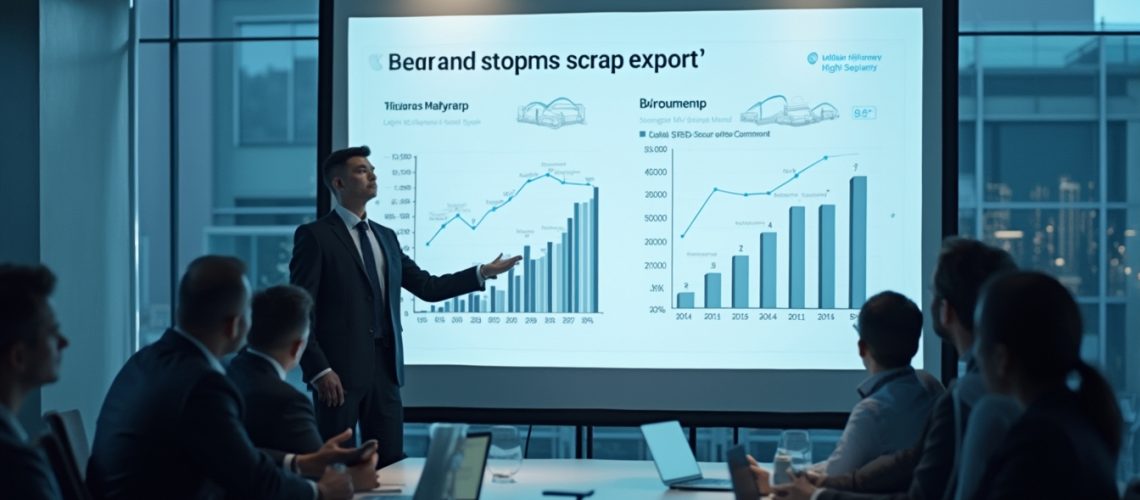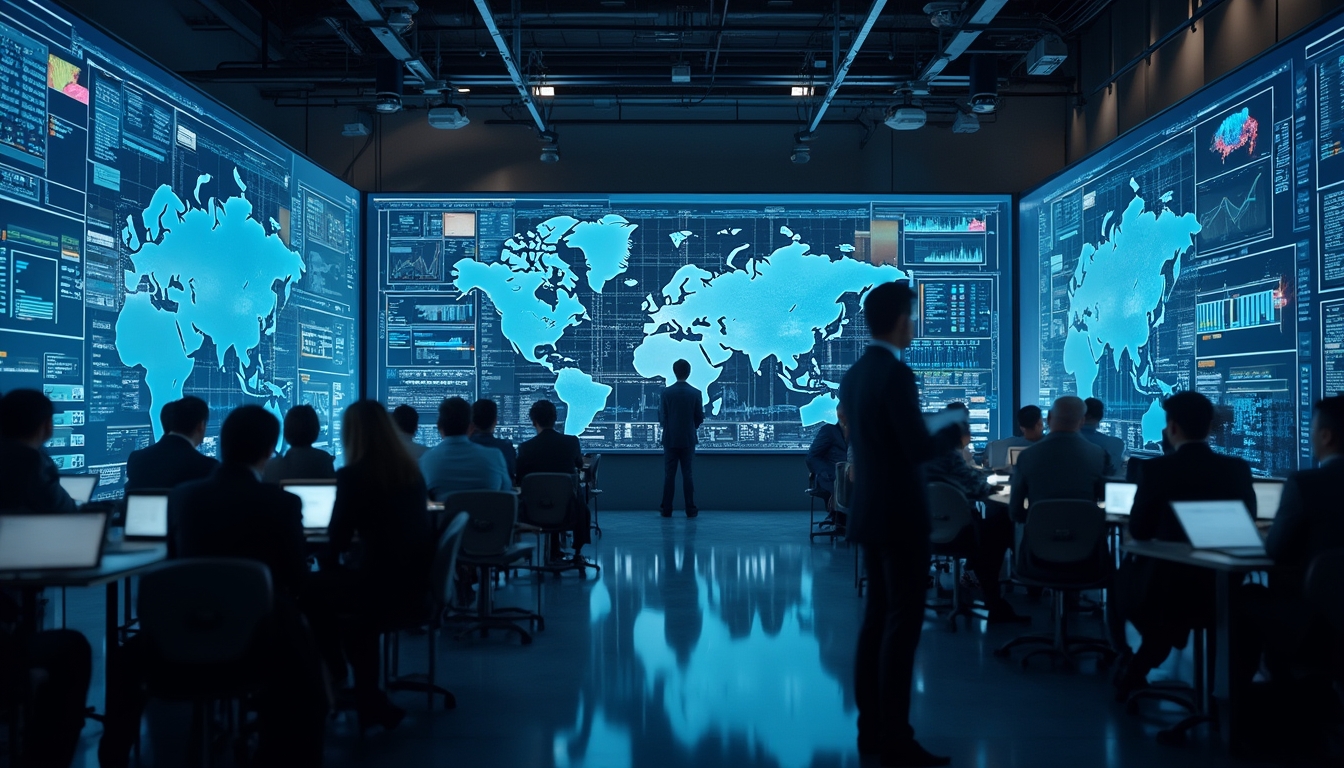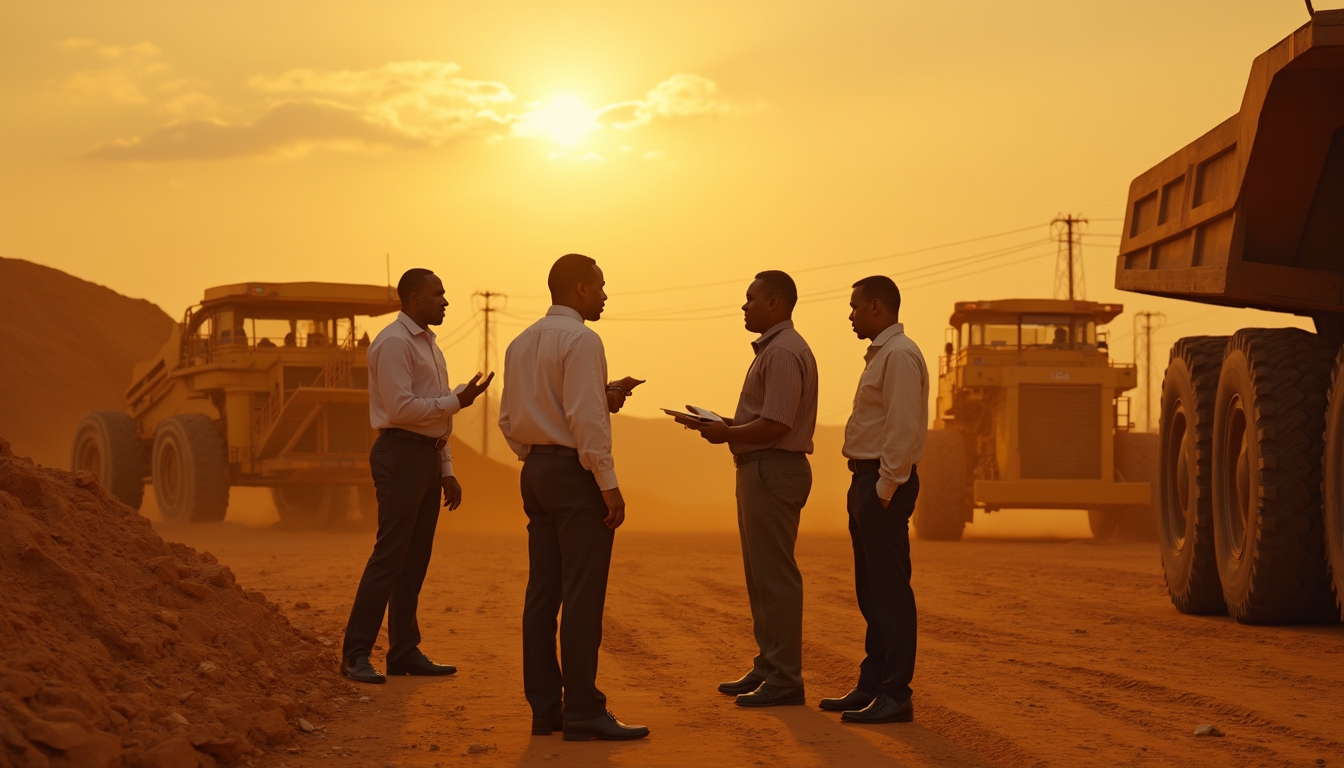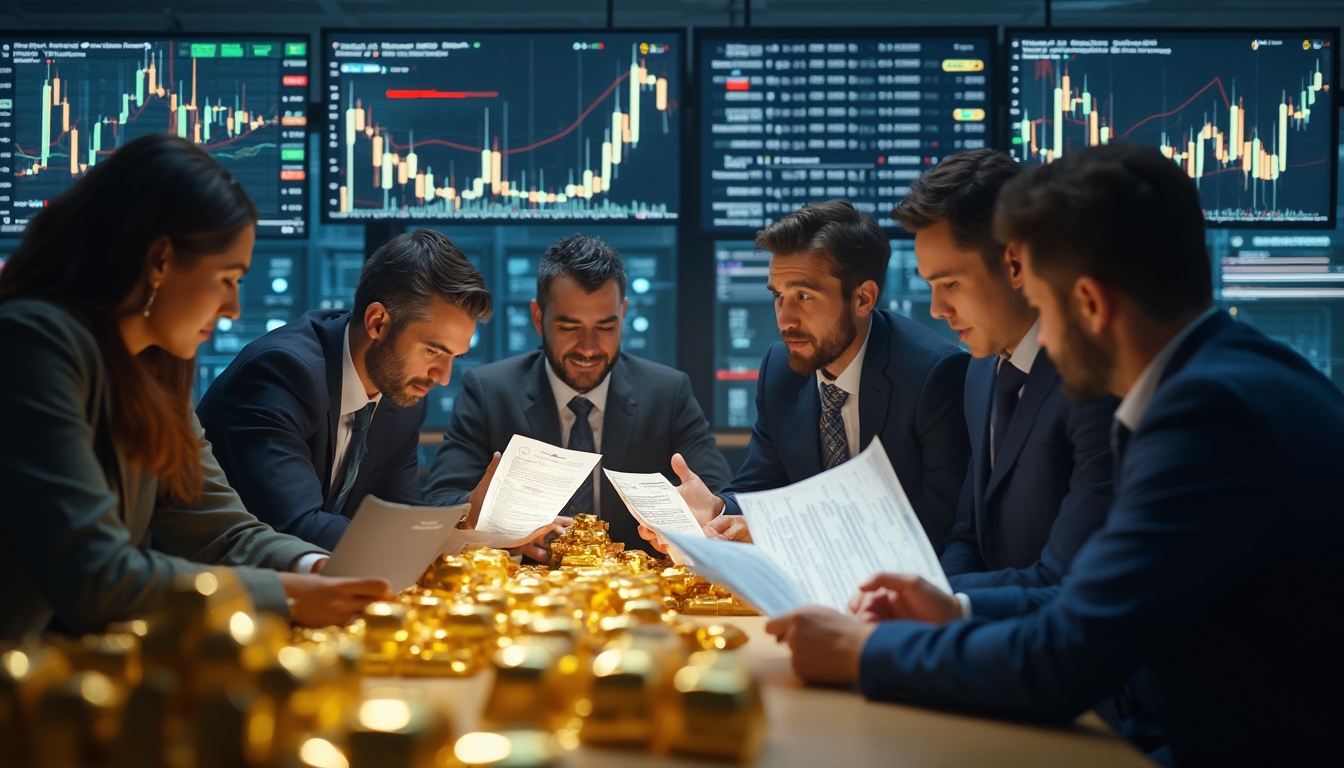The European steel and aluminium scrap export landscape is undergoing significant transformation, presenting complex challenges for industrial sustainability and economic competitiveness. This shift is not just a matter of trade but intersects with environmental goals, energy security, and global market dynamics.
The Surge in Scrap Exports: What’s Happening?
European steel scrap exports have experienced remarkable growth. In 2015, exports stood at 9 million tonnes, but by 2023, they had doubled to 19 million tonnes. The peak was in 2021, with EU steel scrap exports reaching an unprecedented 19.5 million tonnes. Similarly, aluminium scrap exports are projected to rise from 1.2 million tonnes in 2023 to 1.3 million tonnes in 2024.
This surge raises critical questions:
- Why are exports increasing so rapidly?
- What are the implications for the European economy and environment?
Critical Resource Concerns
The European Steel Association (Eurofer) and European Aluminium have voiced significant concerns. The primary issue is that scrap exports may be draining critical resources necessary for achieving several strategic objectives:
- Climate goals: Recycling metals like steel and aluminium is essential for reducing greenhouse gas emissions.
- Circular economy development: Keeping scrap metals within Europe supports a sustainable loop of production and recycling.
- Energy security: Recycling reduces the need for energy-intensive primary metal production.
- Industrial resilience: Retaining resources strengthens domestic industries against global supply chain disruptions.
This situation mirrors global concerns about critical resource shortages and global supply chain implications, highlighting the need for strategic management of raw materials.
The Environmental Impact of Recycling
Recycling metals offers substantial energy consumption reductions:
- Aluminium production: Up to 95% energy reduction compared to primary production.
- Steel production: Up to 80% energy reduction.
These figures underscore the importance of robust domestic recycling capabilities. By retaining scrap metals, Europe can significantly advance its decarbonisation efforts and move closer to its climate targets.
Competitive Challenges in Global Markets
Non-EU countries present attractive alternatives for scrap exports due to:
- Higher international pricing: Global demand drives up prices, making exports financially appealing.
- Lower environmental standards: Countries with lax regulations can process scrap more cheaply.
- Affordable labour costs: Lower wages reduce processing costs abroad.
- Cheaper energy prices: Access to inexpensive energy sources lowers operational expenses.
China exemplifies this trend. Its steel scrap recycling capacity surged from 8 million tonnes to 21 million tonnes, with projections of an additional 26 million tonnes by 2030. This growth parallels China's handling of resource surpluses, such as China's coal glut, affecting global prices and future projections.
Policy Recommendations: What Can Be Done?
European associations are urging the European Commission to implement comprehensive strategies:
- Implement scrap export limitations: To retain critical resources within the EU.
- Reciprocate trade barriers with third countries: Ensuring fair trade practices.
- Utilise foreign subsidies regulation: Addressing market distortions caused by state subsidies.
- Strengthen waste shipment regulations: Tightening controls on scrap exports.
- Enhance the Critical Raw Materials Act: Prioritising critical materials in policy frameworks.
- Improve the End-of-Life Vehicles Directive: Maximising recycling from decommissioned vehicles.
These measures aim to secure resources essential for industrial and environmental objectives. Understanding regulatory frameworks like the JORC Code can also be key to informed decision-making in resource management.
Potential Implications of Export Restrictions
Implementing scrap export restrictions could yield significant benefits:
- Preserving domestic recycling capabilities: Ensuring resources are available for local industries.
- Supporting European industrial competitiveness: Strengthening the position against global competitors.
- Aligning with decarbonisation objectives: Reducing emissions through efficient recycling.
- Securing supply chains for critical industries: Minimising reliance on external sources.
However, these measures must be carefully considered to avoid unintended consequences, such as trade disputes or retaliation.
Industry Perspectives: A Divided Stance
The debate remains nuanced, with contrasting viewpoints:
- Eurofer and European Aluminium: Advocate for urgent action to restrict exports and retain critical resources within Europe.
- Association of German Metal Traders and Recyclers: Warns against protectionist measures, suggesting that restrictions could reduce innovation and competitiveness.
The German association emphasises the need for a balanced approach. Overly protectionist policies might stifle the market forces that drive efficiency and technological advancement.
Strategic Considerations for the Future
The challenges surrounding European steel and aluminium scrap exports extend beyond simple economic calculations. They represent a complex intersection of environmental sustainability, industrial policy, and global economic dynamics.
Key strategic considerations include:
- Balancing trade and sustainability: Finding equilibrium between global trade benefits and domestic environmental goals.
- Enhancing recycling technologies: Investing in innovation to make domestic recycling more competitive.
- Collaborating internationally: Engaging in dialogues to harmonise environmental standards and trade practices.
Similar strategic approaches are being considered in other sectors facing resource challenges, as seen in the global commodities market.
The Role of Innovation in Recycling
Advancements in recycling technologies can mitigate some of the competitive disadvantages. By improving efficiency and reducing costs, European recyclers can better compete with international players.
For example:
- Automation in sorting and processing: Reduces labour costs.
- Energy-efficient processes: Lowers operational expenses.
- High-quality recycled materials: Meets industry standards, reducing reliance on primary materials.
Exploring initiatives like Europe's battery recycling revolution can provide insights into successful strategies for overcoming similar challenges.
Conclusion: Navigating a Complex Landscape
Balancing global trade considerations with sustainable development remains paramount. The European industrial sector must navigate these challenges strategically, ensuring both economic competitiveness and environmental responsibility.
Successful management of scrap exports will require:
- Collaborative approaches: Involving stakeholders across industries and governments.
- Innovative policy frameworks: Flexible policies that adapt to changing global dynamics.
- Commitment to sustainability goals: Prioritising long-term environmental and economic health over short-term gains.
The ongoing transformation of European metal recycling markets demands continuous adaptation. By focusing on technological innovation and proactive regulatory strategies, Europe can maintain industrial leadership in an increasingly competitive global landscape.
Want to Stay Ahead of Metal Market Opportunities?
Discover game-changing insights with Discovery Alert's real-time AI-driven notifications that simplify complex market dynamics and help investors navigate the evolving landscape of metal recycling and industrial resources. Whether you're a seasoned investor or new to the market, our 30-day free trial provides actionable intelligence that can transform your investment strategy.







